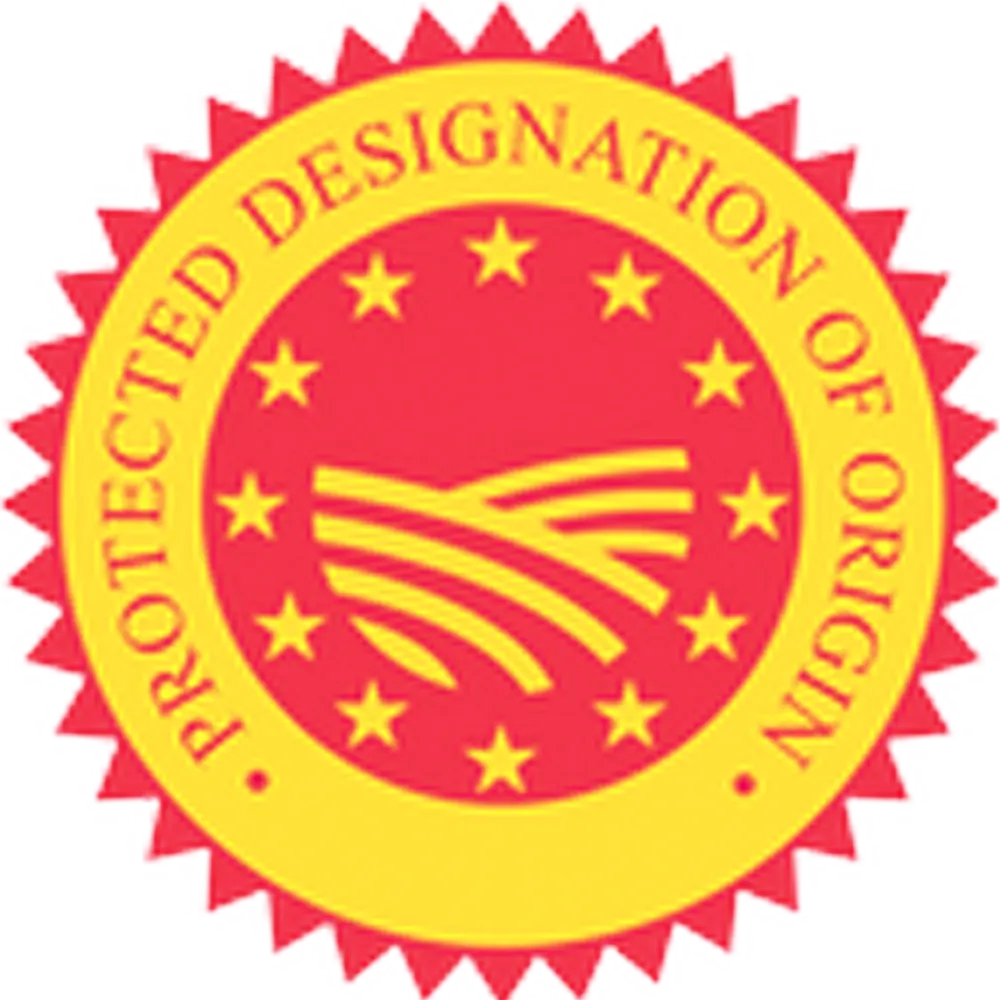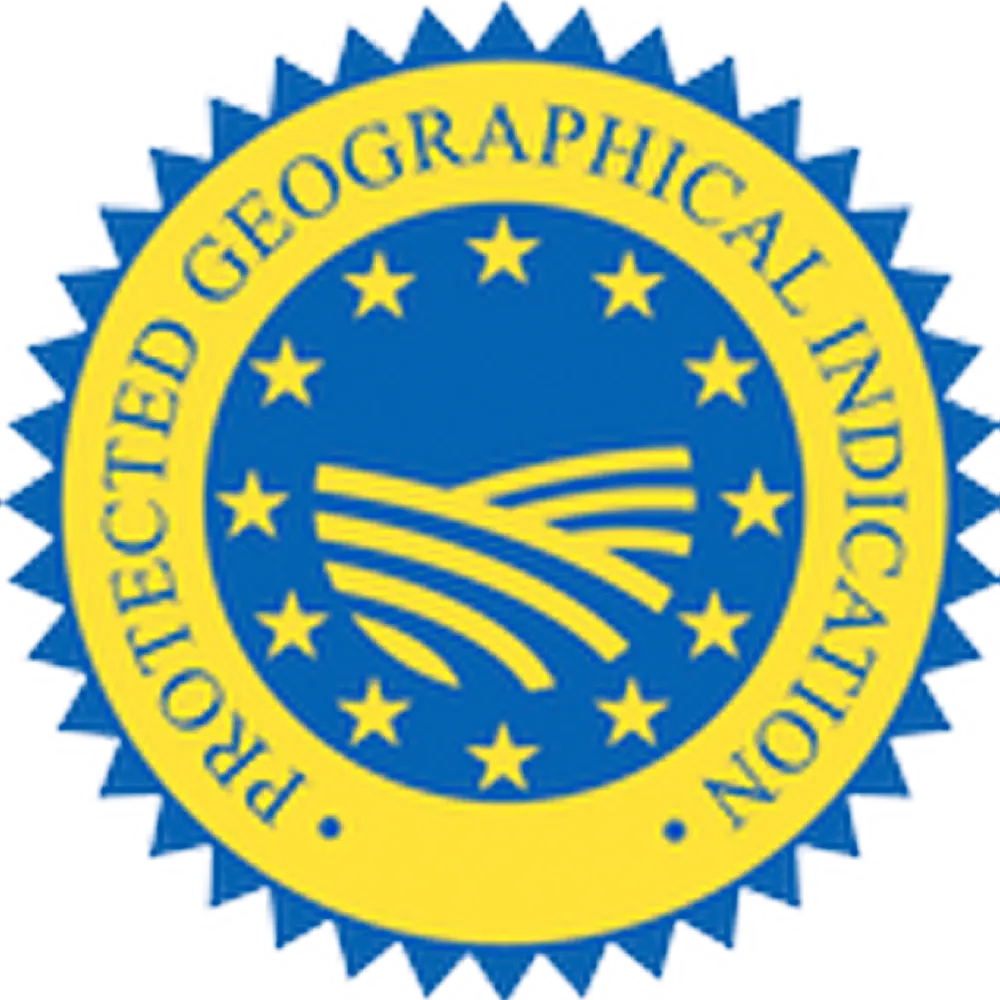Araban Garlic Protected Designation of Origin
Thursday, July 7, 2022
No: 529 – Protected Designation of Origin (PDO)
ARABAN GARLIC
Registrant
DISTRICT GOVERNSHIP OF ARABAN
This geographical indication was registered on 01.09.2020 to be protected as of 11.03.2019 within the scope of the Industrial Property Law No. 6769.
Registration Number : 529
Registration Date : 01.09.2020
Application Number : C2019/029
Application Date : 11.03.2019
Name of the Geographical Indication : Araban Garlic
Product / Product Group : Garlic / Processed and unprocessed fruits and vegetables and mushrooms
Type of Geographical Indication : Protected Designation of Origin (PDO)
Registrant : District Governship Of Araban
Address of Registrant : Turgut Özal Mah. Pansiyon Sk. No:37 Araban GAZİANTEP
Geographical Limits : Gaziantep province Araban district
Usage format : The phrase Araban Garlic and the geographical indication emblem are placed on
the product itself or on its packaging. When it cannot be used on the product
itself or on its packaging, the phrase Araban Garlic and the geographical indication
emblem are kept in the business in such a way that it can be easily seen.
Product Description and Distinguishing Features:
Araban Garlic is a large, highly appealing garlic with white head skin and clove skin color, and cream-yellow clove color. It belongs to the Allium Sativum L. species. Due to the climate and growing conditions, the head of Araban Garlic, which is an early comer garlic, is oval in cross section and elliptical in longitudinal section. There are antesion strips on the head shell and teeth.
The average number of cloves in each head is 10-15 and the average clove weight is 4-7 g. The number of protective shells in each head of garlic is between 5-10 pieces. Although the head size can reach up to 100 g depending on the habitat, the average size is between 40-60 g. The head diameter is between 40-50 cm on average. It is easily separated from its shell. Its odor is sharp and its dry matter content is between 37% and 42%. The aroma and smell of Araban Garlic is sharp due to the fact that it contains selenium and the amount of allylpropyl disulfide (C6H12S6) is high, which gives the garlic its smell. It is rich in minerals and vitamins. Thanks to its high dry matter content, it can be stored for a long time under suitable conditions.
The Araban Plain has clay loam soils with high humus content and has the characteristics that garlic needs in terms of organic matter. Due to the climatic characteristics of the region, it is planted in October and November before winter. The plant spends the winter in the soil and meets the need for adequate and necessary cooling, and this increases the durability of the product. It enters a rapid and balanced growth period starting from February and March and can be supplied to the market in an early manner by harvesting in May.
In 100 g of Araban Garlic, 32-42 g dry matter, 55-70 g water, 25-32 g carbohydrates, 5-6 g protein, 0.1-0.3 g fat and 0.9-1.3 g cellulose is found. The appropriate temperature during the production period is between 15-20 °C. It can be stored for 5-10 months in a temperature of around 0 °C and a humidity of 60-75%.
Production Method:
The planting of Araban Garlic is done in late October and November. The land where garlic will be planted is processed once deep and once from the surface in September and October. During this period, an average of 8-10 kg of phosphorus and potassium fertilizers are applied to the soil. Before planting, the soil cultivator, disc harrow or curd is removed and prepared for planting. Garlic cloves are buried in the soil at intervals of 10-12 cm. During planting, the root part of the clove should be at the bottom and the part that will stool should be on the top. Then, nitrogenous fertilizers are thrown at 23-25 kg per decare. The seed cloves to be used in production are selected among the garlics harvested in May by the producers and stored in a suitable temperature and humidity environment and on hangers until planting time. Before planting, the heads are separated into cloves by hand or by head breaking and notching machines. Only the large cloves surrounding the head are used as seeds for planting. 150-200 kg of garlic heads are used for each decare. In order to increase the outturn and quality of the product during the cultivation phase, maintenance and culture processes such as fertilization, spraying, hoeing, irrigation, leaf breaking are applied. Garlic is harvested in May. The removed garlics are laid on the ground and dried for 5-8 days, the dried garlics are sorted and classified and then put up for sale. Outturn in Araban Plain varies between 1500-2000 kg per decare.
Climate and Water Demand
Economic production of Araban Garlic is done in the transition zones from maritime climate to continental climate. During the growing period, it shows optimum development at 15-20 °C and 60-80% humidity. During the development of the plant, although high humidity has a positive effect, high humidity that continues after the formation of the cloves and the head can cause plant diseases. It does not require precipitation during the harvest period. Frostbite may occur at temperatures below 0 °C. Garlic is a long day plant. In order to increase clove yield, the temperature should be high, irrigation should be done less or not at all depending on precipitation, and fertilization should be done as much as the plant needs.
Necessary Demand
Although Araban Garlic is not selective in terms of soil demand, it grows well in alluvial soils that are rich in nutrients and organic matter, have a light character and do not bind cream. Soil pH value should be between 6.5-7. Production is more successful in near-neutral soils. In the production of Araban Garlic, the use of unburned farm manure should be avoided in order not to cause damage to the root of the plant and plant diseases.
Inspection:
Inspections are carried out by a supervisory authority of at least 4 people, under the coordination of the Araban District Governorate and with the participation of 1 person from Gaziantep Provincial Directorate of Agriculture and Forestry, 1 person from Gaziantep University Araban Vocational School, 1 person from Araban Chamber of Agriculture and 1 local producer representative. Inspections are carried out regularly twice a year, whenever needed and in case of complaints. The first inspection to be carried out regularly is carried out in October and November when the garlic is planted, and the second inspection is carried out in May and later, which coincides with the garlic harvest and after. During the inspections, whether the product is produced within the determined geographical limit, soil wetness, seed selection and other production stages, harvesting and storage criteria are checked for registration. The use of the name of origin emblem is supervised.
The supervisory authority may benefit from or purchase services of public or private institutions, or natural or private entities in charge, during the execution of the inspection. The registrant carries out the legal processes for the protection of rights.

Original text from ci.gov.tr.












